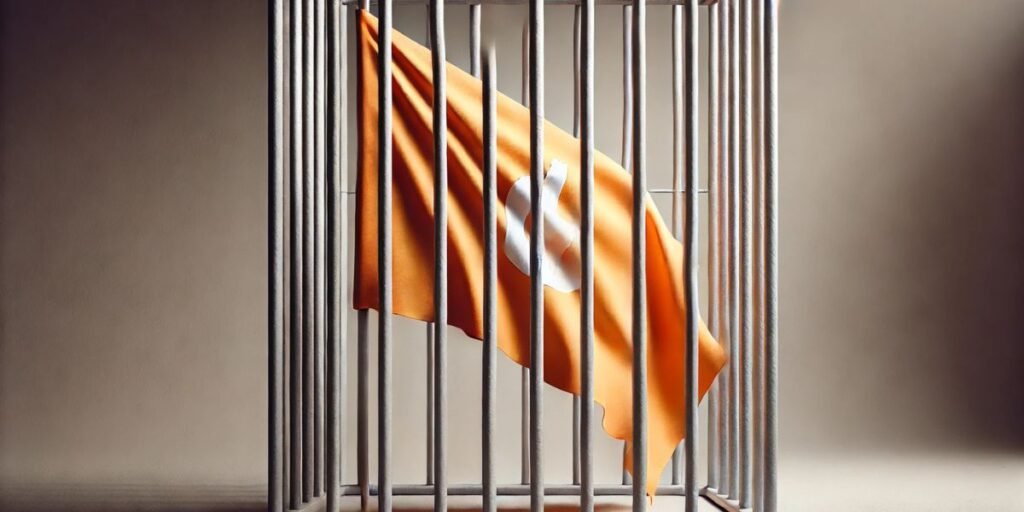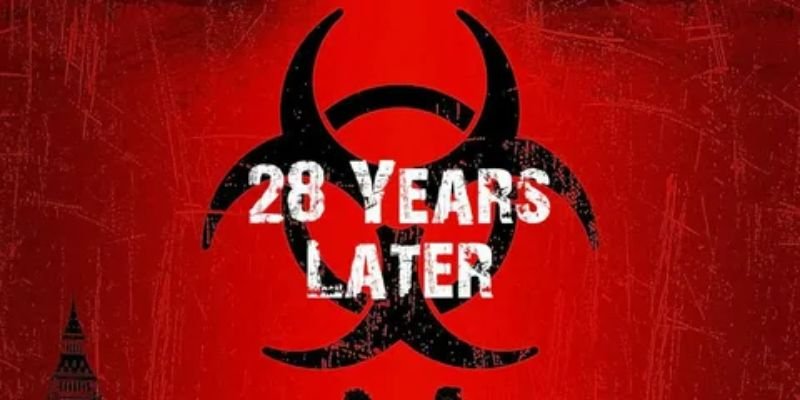Malegaon blast verdict is due today (Thursday, July 31, 2025), with a special NIA court set to decide the fate of seven accused in the 2008 bombing that killed six people and injured more than 100 in Maharashtra’s Malegaon.
Those who faced trial include former BJP MP Pragya Singh Thakur and Indian Army officer Lt Col Prasad Purohit, alongside retired Major Ramesh Upadhyay, Ajay Rahirkar, Sameer Kulkarni and others.
The case reached judgment after a marathon process: charges under the Unlawful Activities (Prevention) Act (Sections 16 and 18) and multiple IPC counts, testimony from 323 witnesses, and nearly 10,000 documents and 404 articles placed on record.
Thirty plus witnesses turned hostile, forcing the bench to weigh documentary and forensic material carefully against contested statements.
Malegaon blast verdict: the case at a glance
A motorcycle-borne explosive detonated near a mosque at Bhiku Chowk on September 29, 2008, during Ramzan and just before Navratri.
The Maharashtra Anti-Terrorism Squad (ATS), then led by Hemant Karkare (killed later in the 26/11 attacks), took over and, for the first time in such a probe, pointed to alleged links with Hindu right-wing networks.
Eleven suspects were initially arrested; over time, four were discharged and seven went to trial. A separate rioting case was registered over post-blast unrest.
Prosecutors built their narrative around two anchors.
First, the motorcycle allegedly tied to Pragya Thakur, which investigators say remained under her control despite claims she had parted with it informally.
Second, the role of Lt Col Purohit, who is alleged to have helped raise funds and structure activities attributed to the organisation Abhinav Bharat.
The case record says meetings discussed retaliatory violence; the defence calls those notes misreadings of ideology and association.
Explosives allegations sit at the core. The prosecution says Purohit sourced RDX from Kashmir during a posting and stored it at home.
A disputed point also surfaced over causation: while the state maintains the deaths and injuries flowed directly from the blast, the defence has at times argued some fatalities tied to the chaos afterward.
The bench’s written order will show how it treats these competing theories.
Politically, the proceedings sparked the term “saffron terror” in 2008 and a long debate about bias, standards of proof, and parity in terror investigations.
For India’s institutions the stakes are legal; conspiracy, evidence, and due process but the implications are wider.
A carefully reasoned verdict will influence how future cases handle ideology, speech, and association in tandem with hard evidence.
The accused, the evidence, and the long road to judgement
Those on trial include figures well known in India’s public life.
Pragya Thakur, now a former MP, and Lt Col Purohit became focal points as the case evolved.
Retired Major Ramesh Upadhyay, as well as civilians Ajay Rahirkar and Sameer Kulkarni, also faced charges; some early arrestees were discharged over the years, while a few names such as Ramji alias Ramchandra Kalsangra remain absconding in the record.
The list of offences spans UAPA counts for terrorist acts and conspiracy, and IPC sections including 120-B (criminal conspiracy), 302 (murder), 307 (attempt to murder), 324 (voluntarily causing hurt), and 153-A (promoting enmity).
Evidence has been voluminous.
By September 2023, the prosecution closed its case after examining 323 witnesses. Final arguments ended on April 19, 2025, when the court reserved judgement.
How the bench balances turned witnesses against forensic and documentary exhibits will be central to the outcome.
Timeline and what happens next
The case began on September 29, 2008, when a bomb exploded near a mosque at Bhiku Chowk, killing six and injuring 101.
In October–November 2008, the ATS arrested Pragya Thakur and Lt Col Prasad Purohit and seized a motorcycle allegedly linked to Thakur.
Weeks later, Hemant Karkare was killed in the 26/11 attacks.
In January 2009, the first chargesheet named 11 accused and three wanted persons, invoking MCOCA alongside UAPA and IPC counts.
Years later, on October 30, 2018, a special court framed charges against seven accused, and the trial formally began in December 2018.
The prosecution closed evidence in September 2023 after examining 323 witnesses, with 37 declared hostile.
Final arguments ended on April 19, 2025, the judgment was reserved, and the Malegaon blast verdict is expected on July 31, 2025.
Once the order is read, sentencing hearings will follow if there are convictions.
Appeals are likely whichever way the decision goes. For victims’ families, the day is about closure after nearly 17 years.
For the accused, it is about acquittal or culpability after a long trial under a harsh national security law.
For readers in Pakistan, the verdict also carries regional resonance.
It will inform debates about even handed policing, how states weigh ideology in terror cases, and how courts separate political claims from facts.
The method; clear reasoning, evidence led to the right standard, and respect for due process will matter as much as the result.
Read more: Pakistan US energy partnership: joint plan to develop oil reserves announced





